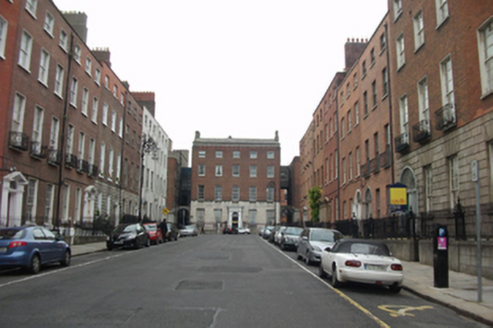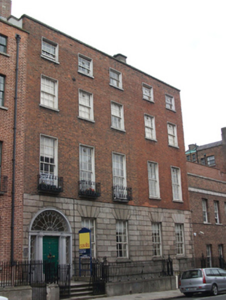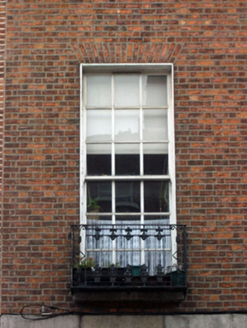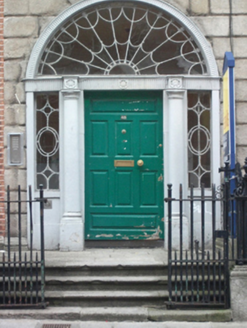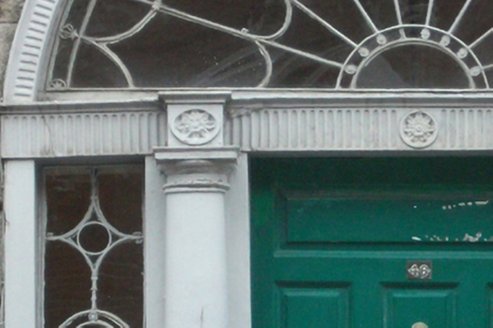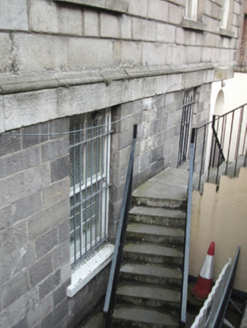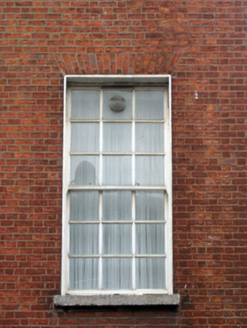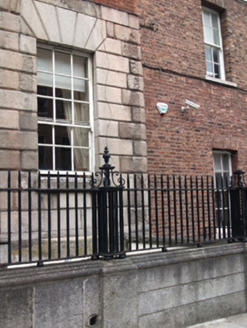Survey Data
Reg No
50010969
Rating
Regional
Categories of Special Interest
Architectural, Artistic
Original Use
House
Historical Use
School
In Use As
Apartment/flat (converted)
Date
1780 - 1800
Coordinates
315832, 235248
Date Recorded
20/09/2011
Date Updated
--/--/--
Description
Terraced five-bay four-storey house over exposed basement, built c.1790. Formerly two houses, one three-bay to north and other two-bay to south. Now in multiple occupancy. Built as pair with No. 45, and unified internally c.1993. Roof concealed behind red brick parapet wall with squared granite coping. Rendered and red brick chimneystacks with clay pots. Flemish bond red brick walls with granite platband and rusticated granite walls to ground floor over granite plinth course and hammer-dressed limestone blockwork walls to basement level. Cast-iron bracing plates to second storey. Gauged red brick flat-arched window openings with patent rendered reveals and granite sills. Gauged granite voussoirs to ground floor openings. Replacement timber sliding sash windows throughout, six-over-six pane to basement and second floors, nine-over-six pane to ground floor, nine-over-nine pane to first floor and three-over-three pane to top floor. Cast-iron balconettes to first floor. Painted stone doorcase having engaged Tuscan columns on plinth blocks with ornate multiple-pane sidelights, surmounted by ornamented lintel with medallions and cobweb fanlight within moulded surround. Replacement timber panelled door opening onto granite-flagged platform with cast-iron bootscraper and stepped approach. Enclosed to front by cast-iron gate and to basement by wrought-iron railing with cast-iron boxed corner posts. Matching gate accessing rendered staircase to basement with wrought-iron handrail.
Appraisal
This pleasantly massed townhouse served in the mid-nineteenth century as a private residence and in the twentieth century formed part of the Loreto School. The retention of various key historic features, such as its fine brick façade, an elegant doorcase and pleasant Victorian windows, and particularly the doorcase sidelights, has helped maintain the building's historic aspect and it continues to be an integral component of the streetscape. North Great George's Street itself, laid out in steep, stepped terraces, was developed from 1768 as a result of the granting of commercial leases on the avenue leading to the Mount Eccles Estate and in response to the expansion of the Gardiner Estate.
